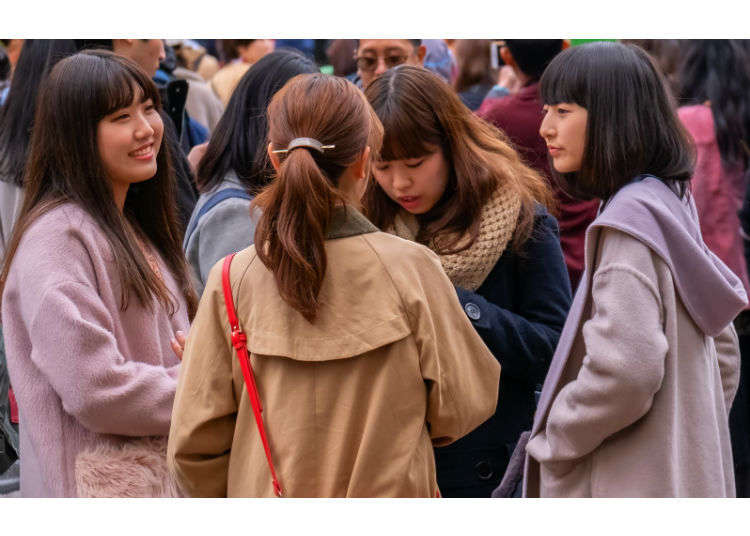
Vacationing abroad is super fun – but there are so many questions? Is the voltage the same as in my county? Are the rules and laws the same, such as shopping and traffic? Things that are normal at home are sometimes done entirely different in another country. Even on a global scale, Japan stands out as having a lot of unique cultural points, so first-timers to Japan may find themselves overwhelmed and, at times, confused.
Even if you’re a seasoned traveler, you might still come across surprises when in Japan. Do people speak English? Are the toilets generally free or charged? How expensive is Japan? How available is free Wi-Fi? We’ll go over these and other questions to help you prepare for your trip and explore Japan with confidence. Here are 13 basic things you need to know about Japan!
1. Short-Term Stays: Do I Need a Visa to Visit Japan?
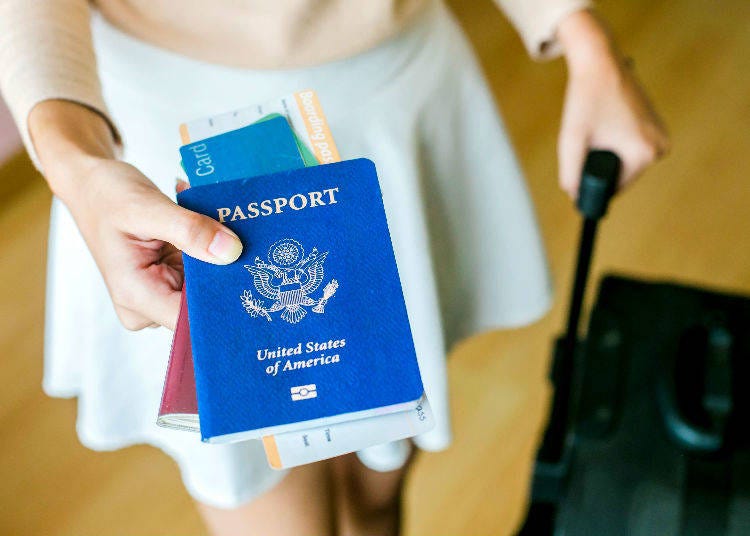
Japan has implemented visa exemptions for short-term stays for 68 countries and regions (as of July 2017). That means that people from those countries do not need a visa for short visits if they come for tourism, business, conferences, or to visit relatives and friends. How long this visa-free short-term stay depends on country and area. If you stay longer than this set time, you will need a visa.
The 68 Countries and Regions for Visa Exemptions
https://www.mofa.go.jp/j_info/visit/visa/short/novisa.html
The Set Period of Stay for Visa-Exempt Countries and Regions
15 days: Indonesia, Thailand, Brunei
30 days: United Arab Emirates
90 days: all other countries/regions
2. The Voltage and Outlet Type of Japan: Do I Need a Transformer?
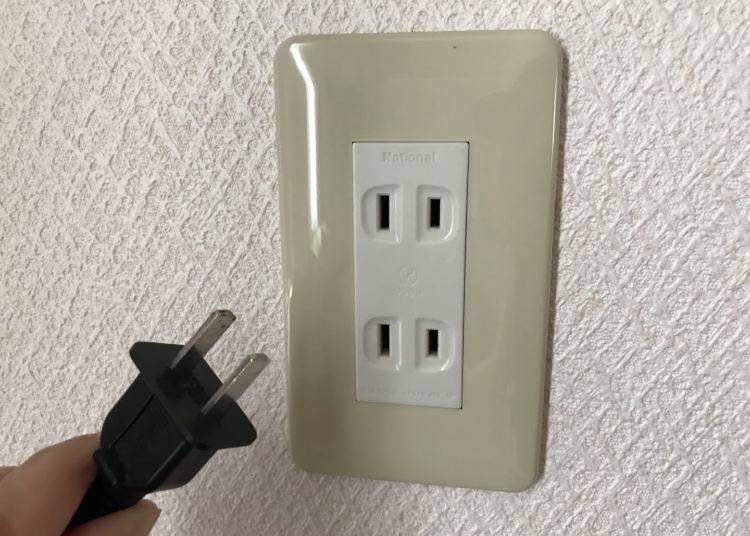
The voltage in Japan is 100 Volts. The outlets are of Type A, meaning that it is ungrounded with two flat, parallel pins.
About the Voltage
The majority of modern smartphones and tablets have adapters that take AC input between 100V and 240V. In that case, you can simply plug the adapter into the outlet without the need of a transformer. However, if you have any electric appliances built for more than 100V, typically hairdryers and so on, you will have to use a transformer. In any case, it is recommended to bring one or buy a transformer in Japan.
About the Outlets
As mentioned above, Japan uses the “A Type” outlet like many other countries around the world. If your country has a different type, you will absolutely have to bring an adapter to use your devices. In total, there are eight different outlet types in the world and besides A, your country might have B, B3, BF, C, O, O2, or SE. A lot of adapter plugs can be used for several outlet types, so it makes sense to buy one of those if you travel abroad a lot.
One important thing to note: if you are visiting from North America or another country with an A Type outlet, you will note that many of the outlets in Japan lack a ground prong. As a result, if you are bringing a laptop or other device with a triple prong plug, you may want to purchase a three-prong to two-prong adaptor before your trip.
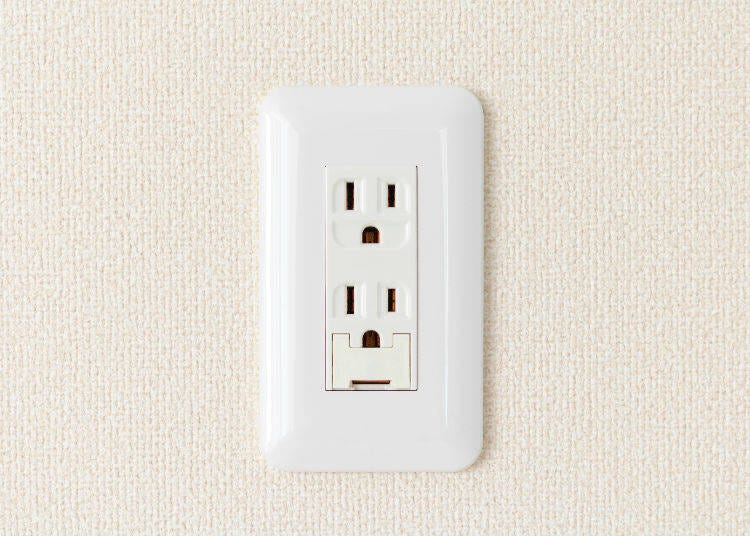
Both transformers and adapter plugs can be bought at convenience stores at electronic retailers, as well as at shops inside airports and convenience stores at locations where a lot of travelers pass through, such as large train stations including Shinjuku and Tokyo Station. It is probably easiest to charge devices and appliances that can be charged via USB via laptop or tablet. (But do make sure the adapters of your PCs and tablets can handle the voltage!)

3. Internet in Japan: How Accessible is Free Wi-Fi?
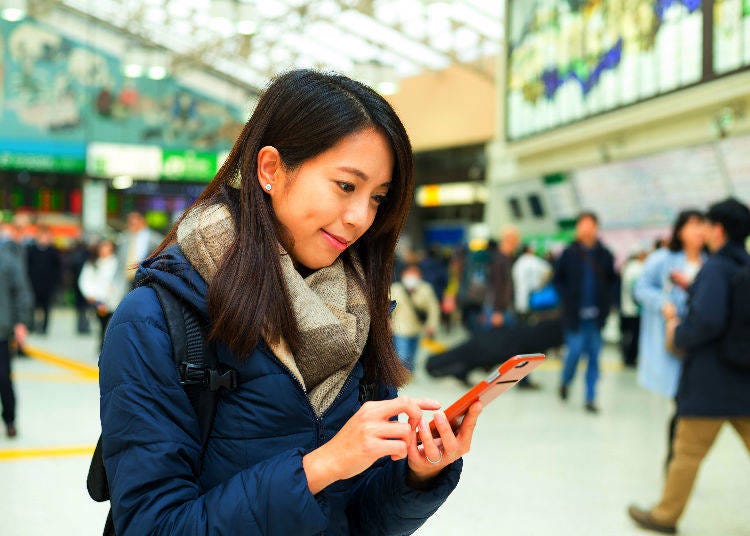
Free Wi-Fi spots are increasing little by little in Japan, preparing for the Tokyo Olympic Games in 2020, but the coverage is still a bit lacking. People who plan on relying on their smartphone for travel information while on the go, we highly recommend a personal alternative. Good choices are special roaming offers, rental Wi-Fi, or prepaid SIM cards. Especially the latter two are plentifully available in Japan, particularly at airports.
Prepaid SIM Cards
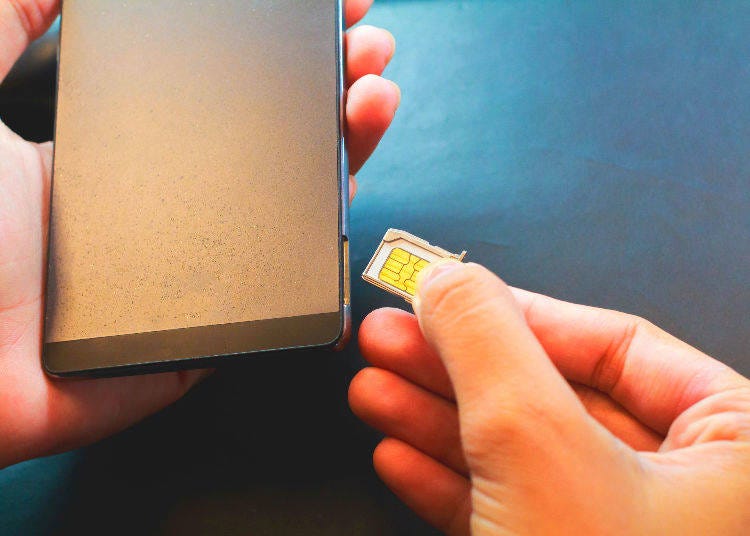
People with a SIM-free smartphone might want to opt for prepaid SIM cards available at Japanese airports, convenience stores, tourist information centers, electronic stores, and so on. They usually are available for 7 days, 15 days, or 30 days. While the price varies by data volume, it tends to be around 4,000 yen for 7 days with unlimited data.
Rental Wi-Fi Routers (Pocket Wi-Fi)
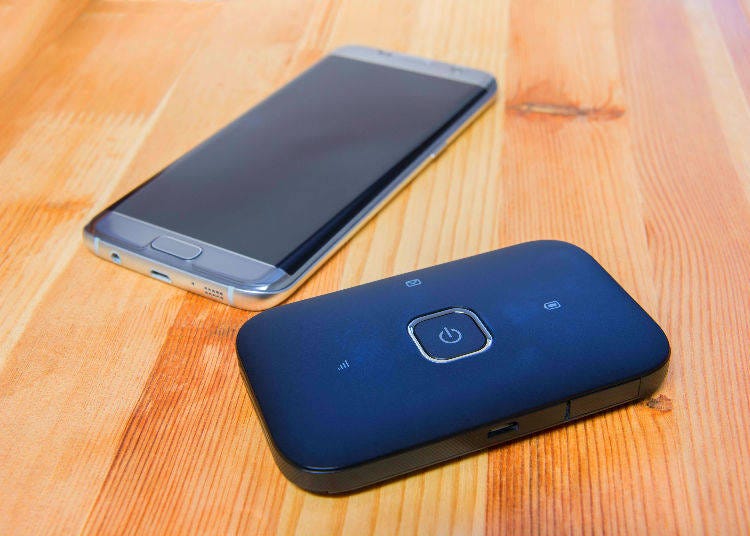
Depending on the model of your phone and the size of the SIM card that fit, a prepaid card might not be an option for you. In that case, rental Wi-Fi routers available at airports are a great alternative. They come in various plans, many costing less than 500 yen per day, and the process at the airport is particularly smooth if you book the router in advance.
Where Free Wi-Fi is Available in Japan
You’ll find free Wi-Fi spots at major international airports, large train stations, major convenience stores (7-Eleven, FamilyMart, Lawson), at Aeon Mall, Matsumoto Kiyoshi drugstores*, Yodobashi Camera*, Bic Camera*, Tully’s Coffee*, Starbucks, McDonald’s, and so on. There may be a limit on how long you can use this Wi-Fi spot or how many times a day you may connect.
*At these locations, you can use the free Wi-Fi without any limit or restriction.
4. English in Japan: Will People Understand me in English?

From cars, food, and electric products to manga and anime, Japan is actively participating in global culture. However, most Japanese people living in Japan can only speak Japanese. It is often said that shyness, part of Japan’s national character, is what keeps many people from speaking a foreign language they have not fully mastered in public. English is compulsory from elementary school and the country is making strides towards globalization centering on the Tokyo metropolitan area and towards the Tokyo Olympic Games in 2020, but it is important to note that there are many people who do not understand English at shops and restaurants. Even in public transportation, you’ll find many train and bus lines especially in rural areas that do not feature multilingual displays and information. As such, it is important to make use of apps and internet resources to get around.
However, even if a Japanese person cannot speak English, they are likely more than ready to help, so maps that people can point to and translation apps will go a long way.
5. Time Difference: What’s the Time Difference Between Japan and my Country?
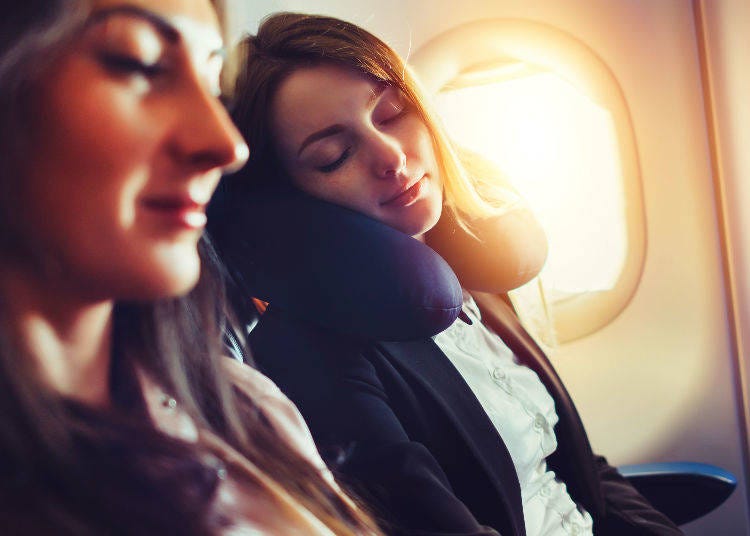
One important thing to check for every vacation is the time difference, especially if Japan is far away from your own country. Especially people from the West will have to adjust to rather large differences, while people from Oceania have little to worry about. Below is a list of time differences between Tokyo and major cities around the world.
Time difference between Tokyo and major cities around the world
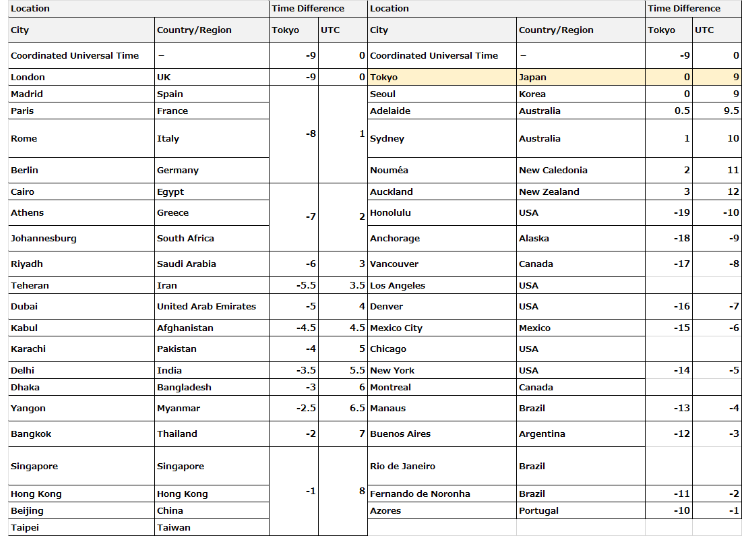
6. Weather in Japan: What to Pack, What to Do, When to Go
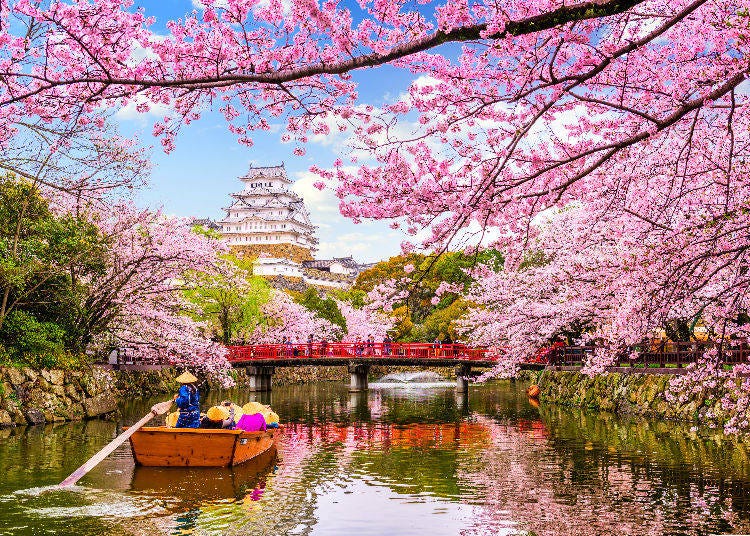
Japan has four distinct seasons and enjoying the vivid differences between spring, summer, autumn, and winter is an exciting part of sightseeing. However, not only the climate changes with the season but days can have rather large temperature differences between day and night. Global warming has also had an influence on the climate and summer’s hot days may climb well over 30°C, sometimes even reaching 40°C. The temperatures rise higher year by year and it doesn’t even cool down during the night. If you’re planning to come to Japan during summer, it is important to take measures to stay hydrated, and especially children and seniors are at risk of suffering a heat stroke.
Additionally, people from warm countries will have to brace for dealing with snow in winter, so do make sure to bring warm clothes that are appropriate for a cold winter.
Spring

The temperature difference between day and night is rather big, so we recommend wearing a jacket that can be put on and taken off easily to adjust. As ultraviolet rays become stronger, wearing a hat and using sunscreen might be necessary. Early spring is also pollen season for cedars and other trees, and plenty of Japanese people suffer from hay fever. Brace yourself for possibly experiencing a runny nose and itchy eyes as well. You’ll also see a lot of people wearing a surgical mask, but don’t worry – there’s no major contagious disease, it’s just hay fever prevention.
Summer
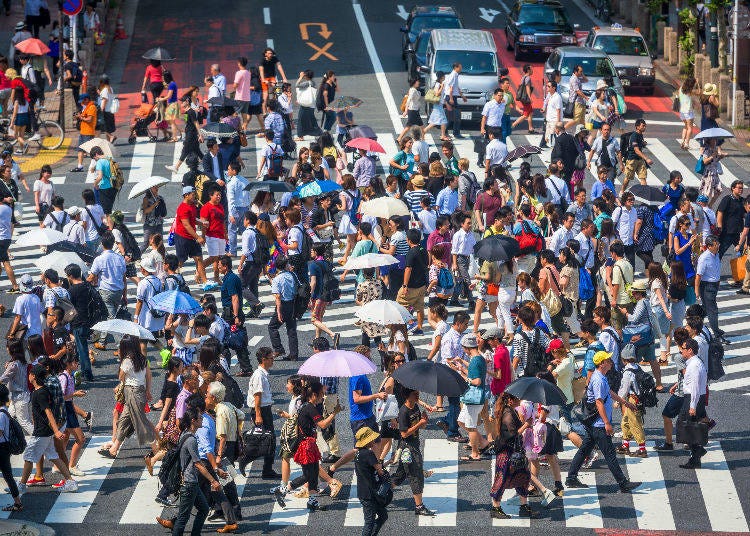
While the outside temperatures are high, indoors is air-conditioned and may be surprisingly cold. When outdoors, make use of a parasol and a hat to protect yourself against heat strokes, and stay hydrated diligently with water and sports drinks to recharge electrolytes. Japanese drugstores also sell towels, coolants, small fans, and all sorts of other things to keep head and neck cool.
Autumn
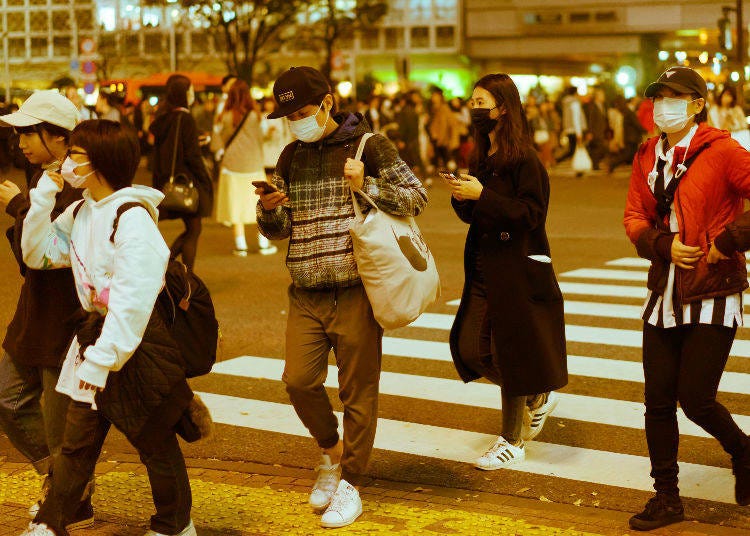
This is the season when the temperature difference is the largest and the air is quite dry. During daytime, it may still be warm and even hot while it gets chilly during morning and evening. Be sure to bring a jacket if you head out early or know that you’ll be outside late. If you find the room in your hotel to be unpleasantly dry, convenience stores sell various masks that will help, such as wet or menthol types.
Winter
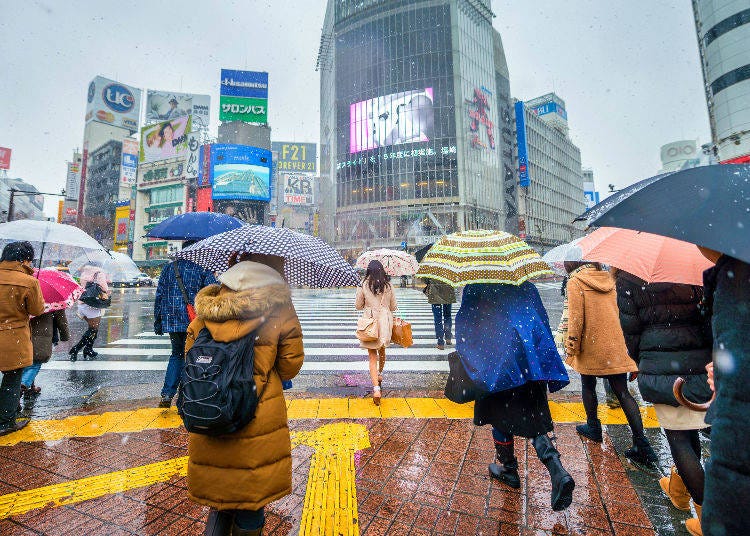
Japan is a popular destination for people from warm countries who want to experience snow for the first time. Japanese snow is very moist, so your clothes will inevitably get wet if you walk around in the snow without an umbrella for too long. Heavy snowfall needs to be treated just like a rainy day. And after snowfall, do be careful as the roads and walkways may have frozen and are slippery. Waterproof, sturdy shoes with good grip are recommended.
If you want to buy winter clothes, a down jacket, for example, retailers such as Uniqlo at New Chitose, Haneda, Narita, Kansai, and Chubu International Airport sell high-quality apparel for reasonable prices. If you’re taken by surprise by the cold or couldn’t get your hands on winterproof clothes in your own country, there are plenty of options in Japan!
Things to Note
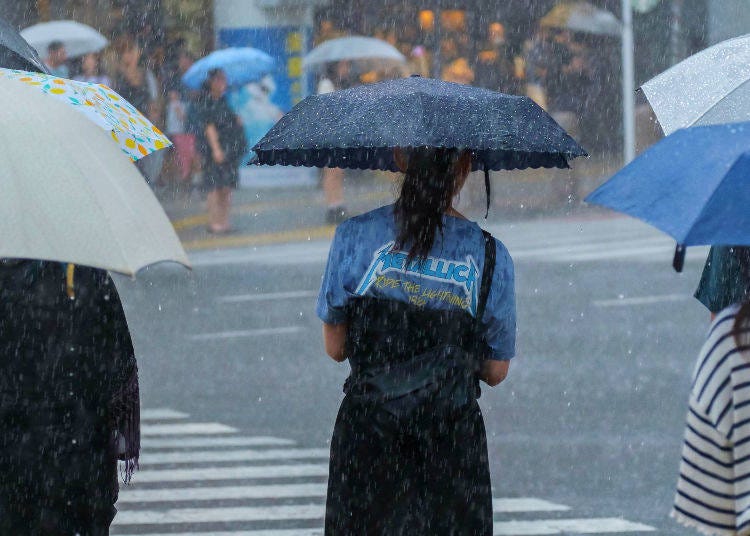
Strong winds, typhoons, and so-called “guerrilla rainstorms” which are sudden and heavy downpours occur especially frequently during summer and autumn. In the winter, heavy snowfall may bring public transportation to a halt. Such weather phenomena occur several times a year. Should you get caught up in one, you will likely have to deal with public transportation issues that last from several hours to half a day, and it is important to follow the instructions of the station staff. If you visit Japan in winter, we highly recommend taking the seasons of heavy snowfall into account while also readily adjusting your schedule in case of public transportation being interrupted.
Check the weather in Tokyo and what to wear around the year:
7. Japanese Tap Water: Is Japanese Tap Water Safe to Drink?
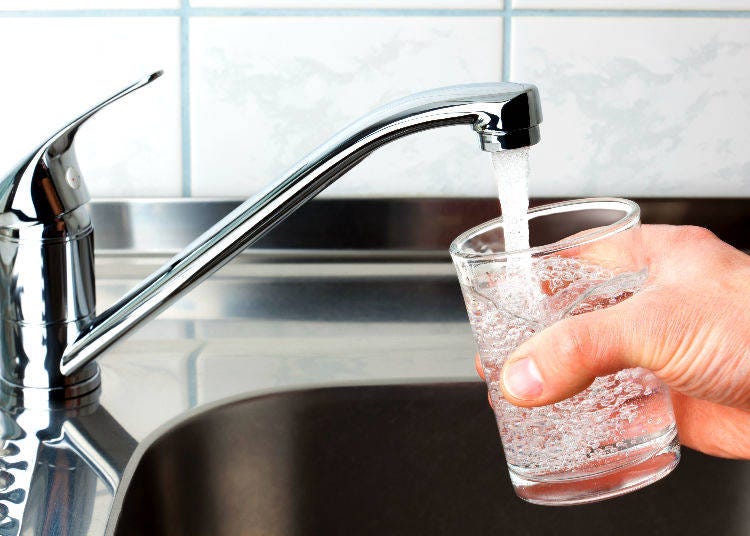
Generally speaking, tap water in Japan is safe to drink. It is used around the country for cooking and mouthwashes. However, some hotels may have indications that the tap water is not safe to drink. Japanese tap water is, in general, perfectly safe, but health-conscious people may choose to use water purifiers or only drink bottled water.

One thing that stands out is that bottled water pretty much costs the same, whether it is a 500ml bottle or a 2l bottle. Both are available for around 100 yen. Of course, fruit-flavored or sparkling water is plentifully available alongside regular water.
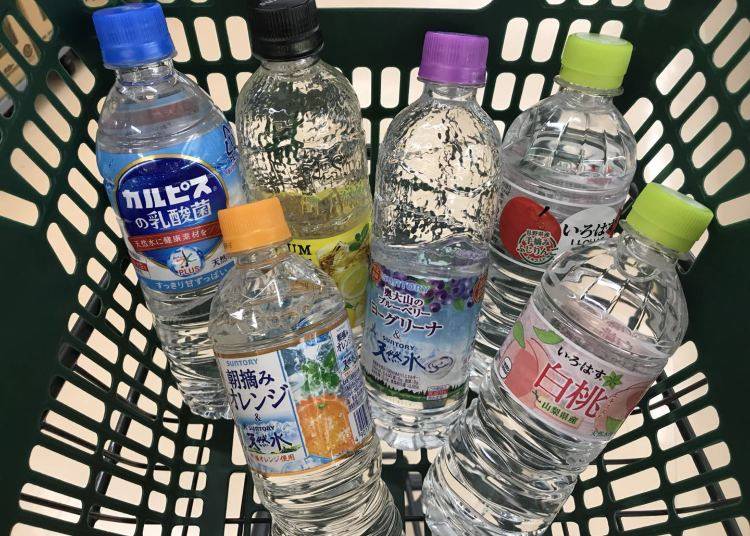
Flavored water at a supermarket: peach, tangerine, apple, blueberry, lemon tea, lactic acid, and so on.
8. Toilets in Japan: Are Toilets in Japan Free?
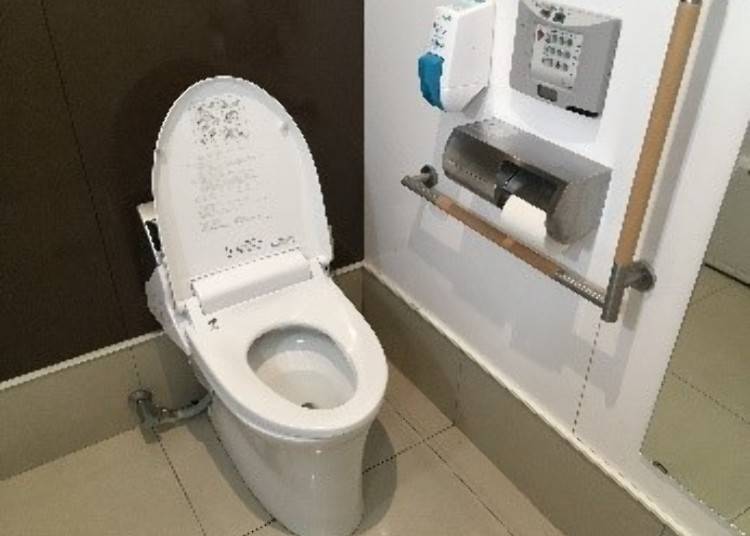
In general, public toilets in Japan are free. Those found in parks, on station premises, and so on are usually both clean and safe, while toilet paper is provided, so you won’t have to worry about that. Toilets at department stores and convenience stores are also free to use.
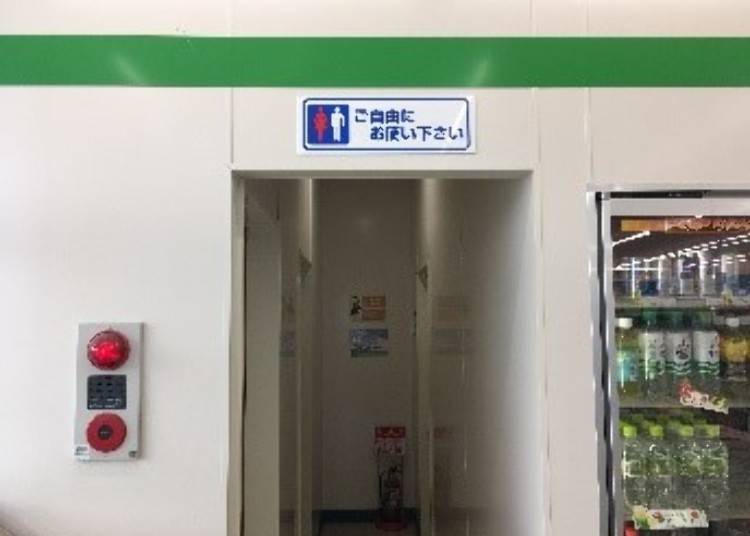
Especially women’s toilets in department stores feature various amenities and extra space, such as breastfeeding rooms, dedicated spaces to change shoes, and makeup spaces. On top of that, the famous warm-water washing function of Japanese toilets can be experienced there as well. If you want to use a convenience store toilet, it is best to notify the staff.
9. Prices in Japan: Is Japan Really Expensive?
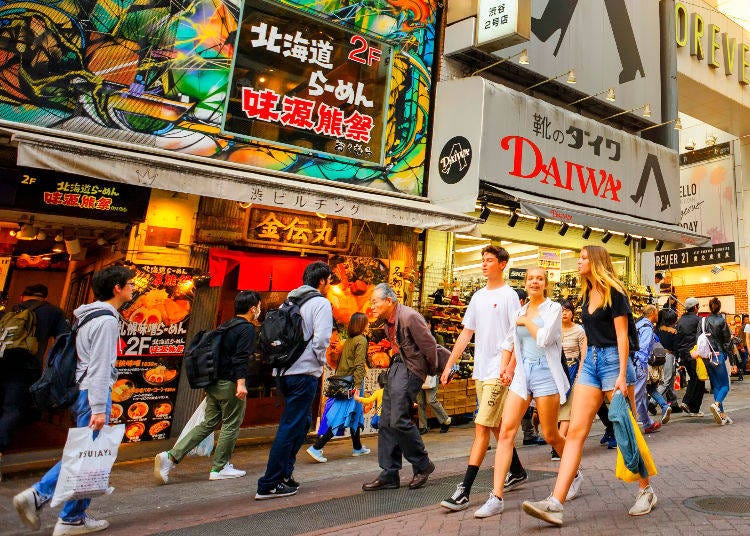
While plane tickets and hotels are booked in advance, it can be hard to calculate just how much you will spend on things such as food and necessities while in Japan. Oftentimes, you’ll hear that Japan is very expensive, but what do food and train fare actually cost? Let’s take a look at some prices to help you calculate your daily budget.
Food Expenses
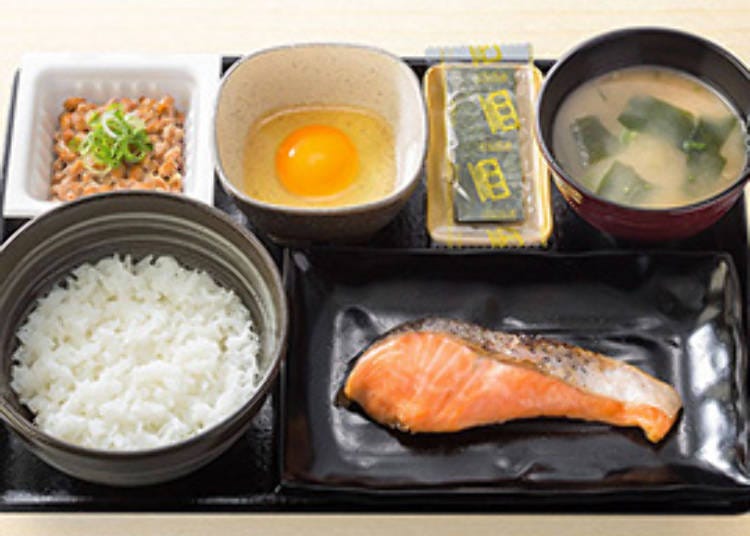
Breakfast: 350 yen – 600 yen on average
Convenience store sandwich + milk: about 350 yen – 400 yen
Convenience store rice ball (onigiri) + tea: about 400 yen
Yoshinoya (popular restaurant chain) breakfast set: about 350 yen – 600 yen
Hotel breakfast buffet: about 1,000 yen – 2,000 yen
Yoshinoya’s breakfast set (550 yen) features the Japanese superfood nattō, rice with raw egg, grilled salmon, dried seaweed, and miso soup. It’s a great opportunity to experience an authentic Japanese breakfast!
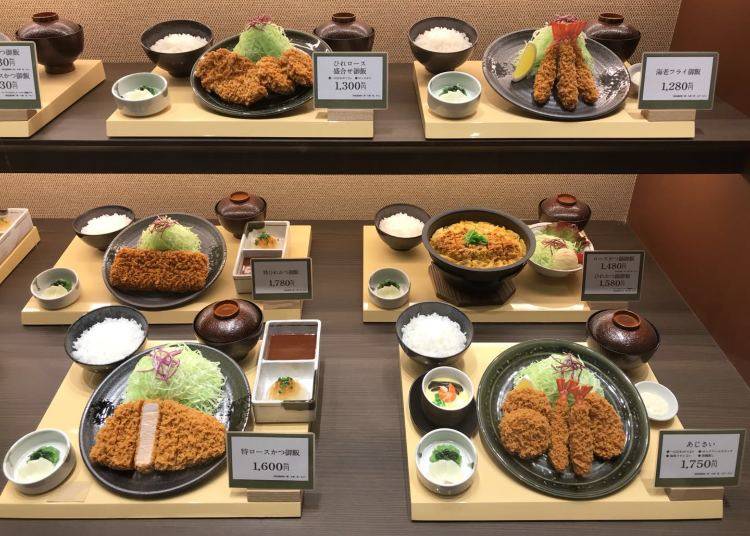
Lunch: 800 yen – 1,500 yen on average
Beef bowl (gyūdon at Yoshinoya or Sukiya): from 380 yen
Tempura bowl (at a tempura restaurant): from 540 yen
Ramen: about 800 yen – 1,000 yen
Okonomiyaki: about 1,000 yen
Conveyor belt sushi (8 plates): 1,000 yen – 1,500 yen
Tonkatsu set (breaded cutlet): 1,200 yen – 1,600 yen
The lunch menu shown above pretty much stays the same in the evening as well, so offers such as this are a reasonable choice for dinner.

Tea/coffee break: about 500 yen – 1,300 yen
Tea/juice (vending machine): about 130 yen
Drink bar (at a family restaurant)*: about 400 yen
Coffee (at a café): 300 yen – 500 yen
Pancake set (at a café): 1,000 yen – 1,300 yen
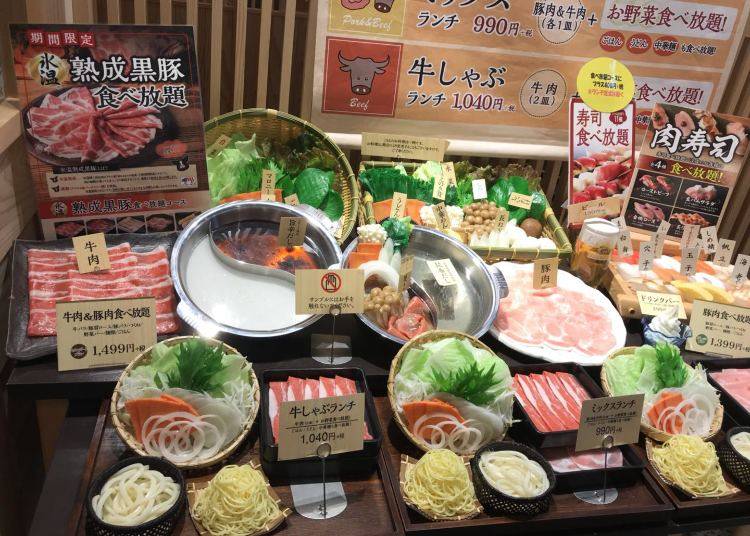
Dinner: about 3,000 yen – 5,000 yen
Yakitori (grilled chicken skewers): from 2,500 yen
Shabu-shabu (Japanese fondue): 2,000 yen – 4,000 yen
Izakaya (Japanese pub): from 3,000 yen
Sushi restaurant (counter style): from 10,000 yen
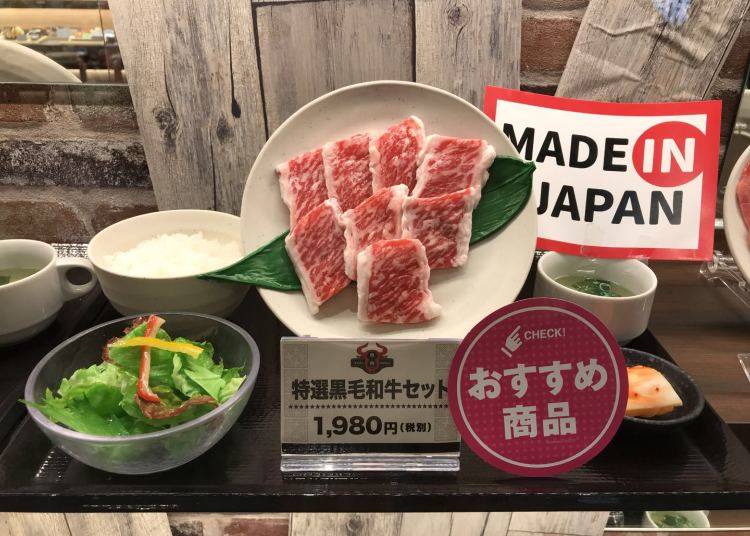
Transportation Fees
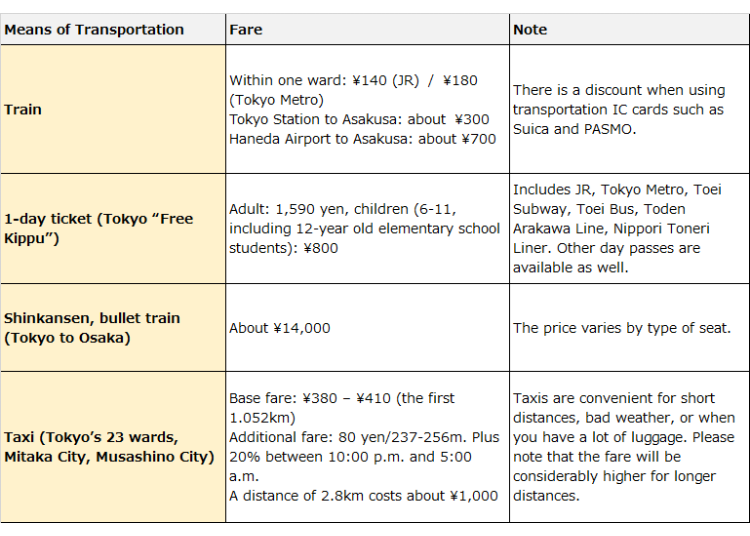
Others:
Getting into the Shinto shrine Buddhist temple: Free or about 500 yen
Museums, exhibition: about 1,000 yen - 1,500 yen
Bus Sightseeing Tours: about 5,000円 for half a day, about 10,000 yen for an entire day
10. Public Transport in Japan: How to Use Trains, Buses, and Taxis
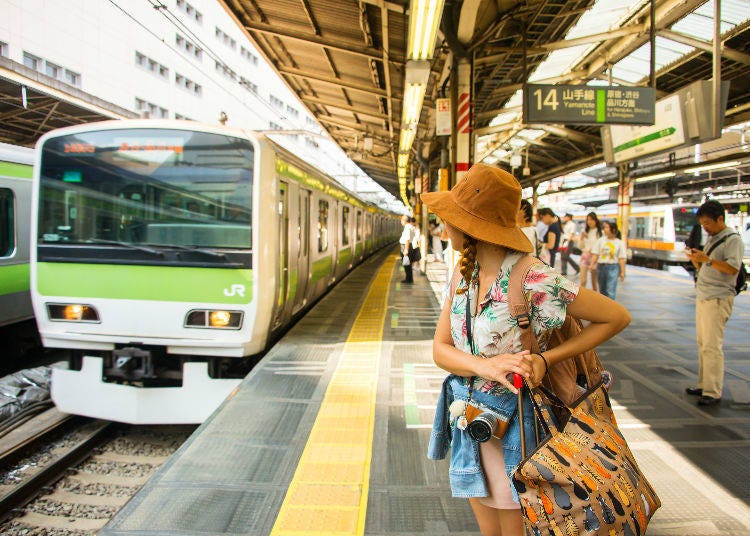
The main means of transportation in central Tokyo is train and subway. There are several railway companies active in Tokyo’s 23 wards, including JR and Tokyo Metro, creating a dense net of lines and stations that boasts great convenience. Basically anywhere is accessible by train and the stations in Tokyo’s downtown areas feature everything, from shopping to entertainment and gourmet experiences. As convenient as Tokyo’s train system is, however, it is also rather complicated and can require frequent transfers due to the many different lines. Sometimes, you have to walk a considerable distance inside a station to get to an exit and it is easy to lose one’s way. Don’t hesitate to ask the station staff for directions and pay attention to any signs. Route guidance applications are also recommended.
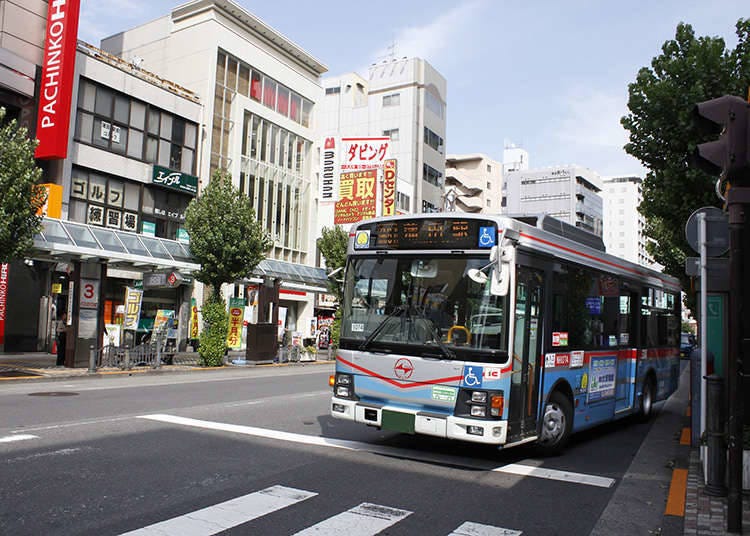
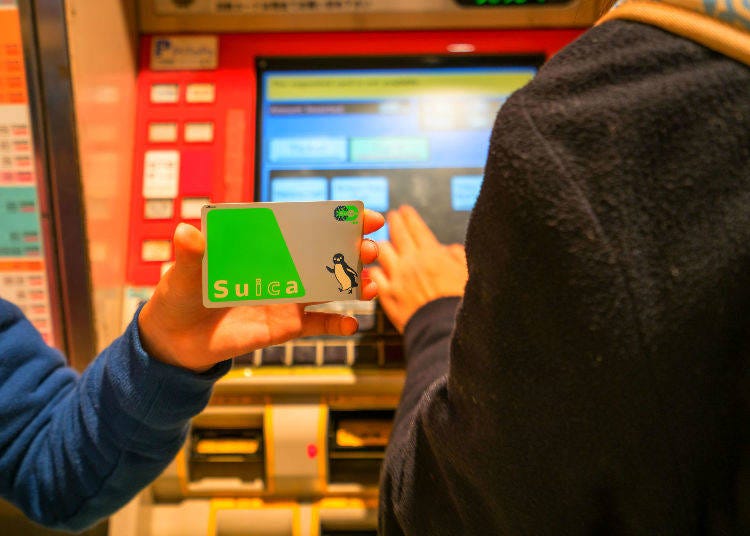
Buying a transportation IC card such as Suica or Pasmo lets you use and transfer between trains and buses freely without having to buy different tickets. Those cards are prepaid, so managing your transportation expenses is also much easier. They can also be used to pay at convenience stores and vending machines.
Besides tickets and transportation IC cards, there are also various 1-day tickets available. Those are especially recommended when you plan on visiting many different places and areas in one day or when you’re traveling a rather long distance.
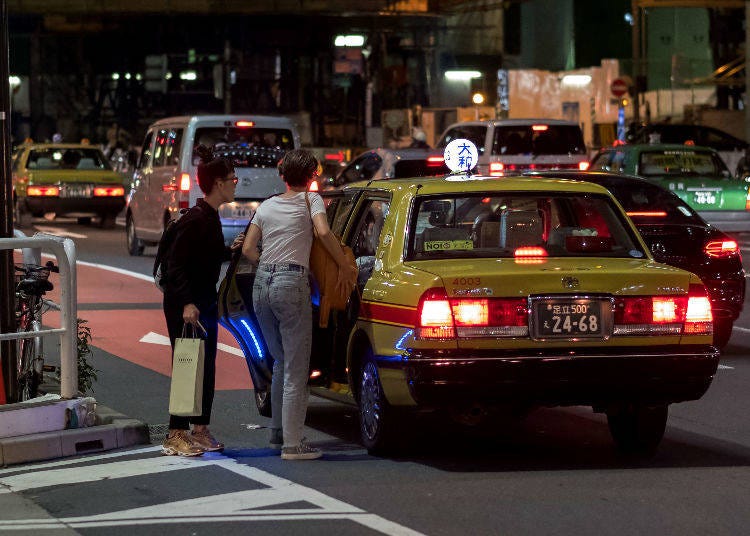
It’s also important to understand how the taxi system works in Japan. Taxis are quite expensive so people tend to only use them for business or in special situations. Traveling from one ward to another costs about 400 yen by train, but that cost raises to 1,500 yen for a taxi. There is a base fare, after which an additional 320 yen is billed for each kilometer, and in case of traffic jam or other incidents, a time fare is also added. Some taxis do not accept credit cards, so keep in mind that you might have to pay in cash.
11. Public Manners in Japan: What to Do, What Not to Do
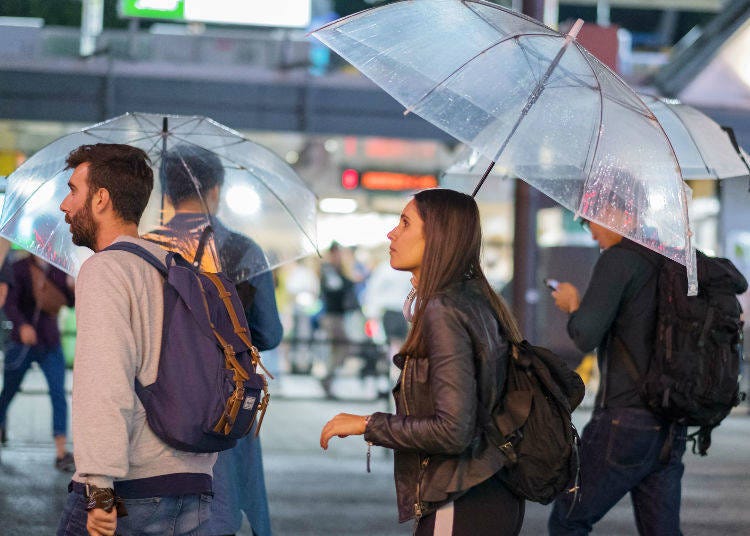
Japanese people are known to be considerate towards others, especially in public. There are a few rules that are taken for granted in Japan, even if Japanese people aren’t necessarily aware of them. Doing it like the locals is half the fun of traveling, so let’s take a look at some of Japan’s manners.
People are quiet in public
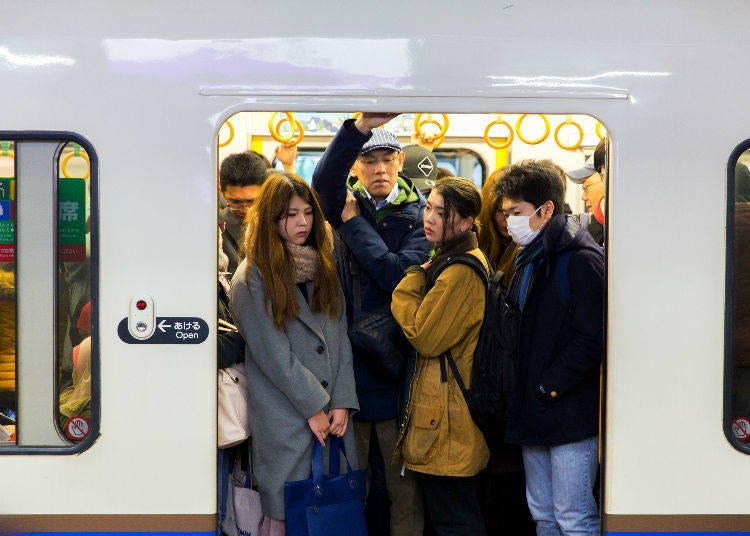
You will notice that buses and trains in Japan are surprisingly quiet. Refraining from talking on the phone or generally being loud in public places is part of Japan’s public manners. Most people set their phones to silent while in public.
Even extremely packed trains are quiet – this scenery of masses of people making hardly any sound is rather representative for Japan. To first-timers, it may seem a little strange.
Boarding the train
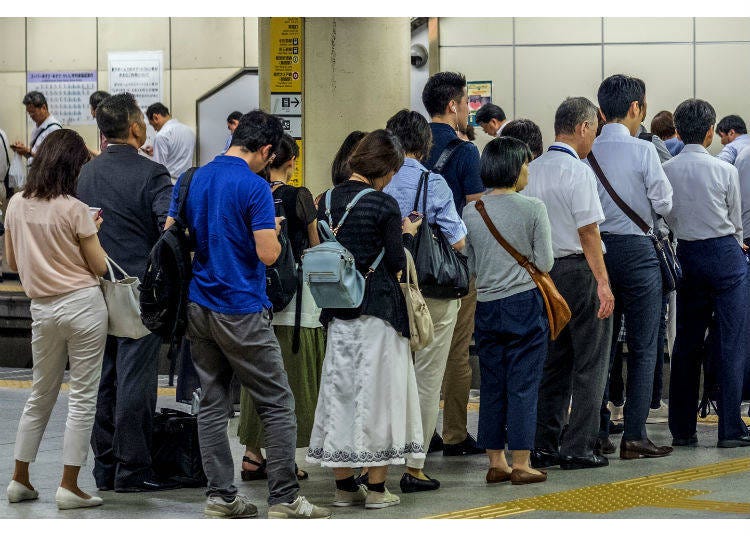
When boarding the train, give priority to the people who want to get off. Passengers waiting to board the train line up in front of the doors and wait for their turn. If the train is full, the people near the doors get out to let them pass, then getting back inside the car once more.
Riding the escalator
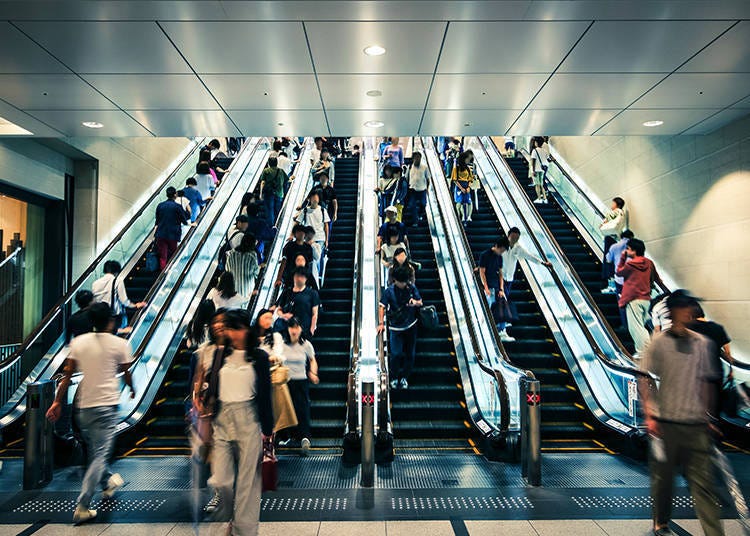
On Japanese escalators, people line up on one side to leave the other side free for people who want to walk. Pay attention to which side people line up at and adjust accordingly. If you have a large suitcase or other luggage, keep it in front of you when going up and behind you when going down, to prevent it from sliding.
How to recycle/separate trash in Japan
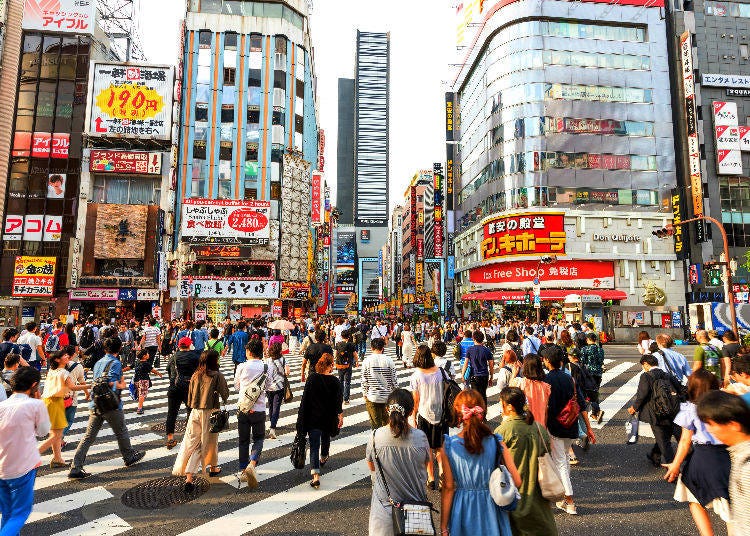
Japanese children learn the correct way of separating trash and recycling from an early age. Furthermore, it is common manner to dispose of waste at home even when you’re outside, which is why there are so few trashcans in public. If there is no trash can, you can safely assume that you are expected to take your trash back home with you. Convenience stores, train stations, and parks do often have trash cans available, however.
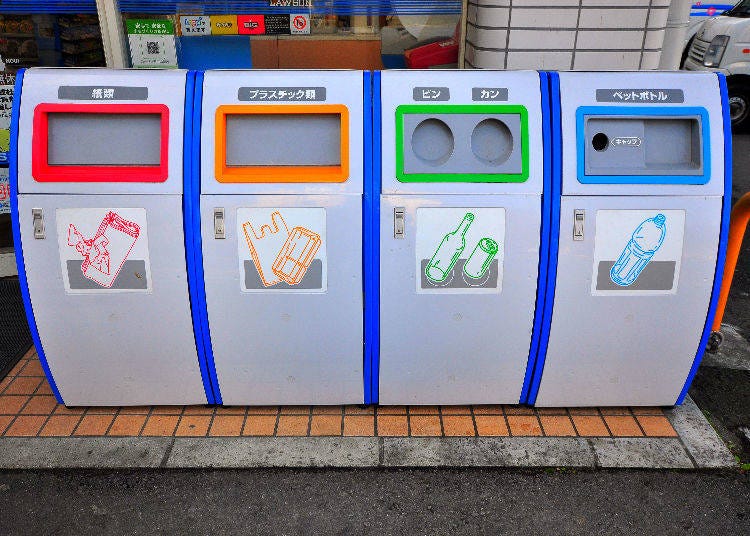
In Japan, trash is separated into burnable, non-burnable, plastic, cans, glass bottles, and plastic bottles at least. However, waste separation varies by city and area, so pay attention to any signs and indications.
Manners at hot springs and public baths
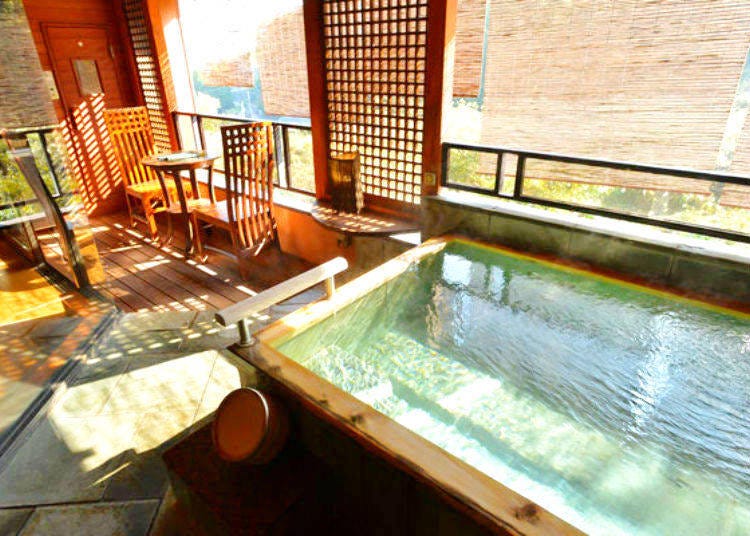
Japanese hot springs and public baths are different from spas in other countries. It is necessary to remove all clothing for a bath. Furthermore, you are required to wash in the washroom before entering the water. Also, neither hair nor towels are supposed to come in contact with the water in the bath, and swimming or running is frowned upon as well.
Smoking and non-smoking in Japan
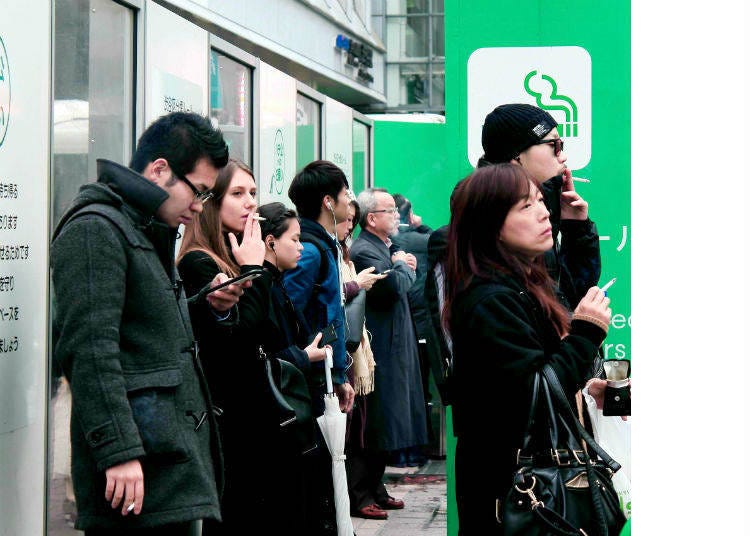
In recent years, Japan has made strides in regard to non-smoking spaces and rules, and places where smoking is allowed have become less. On top of that, smoking on the street is regulated in many areas around Japan, and even throwing away a cigarette butt on the street can incur a fine. That’s why a lot of Japanese people have a portable ashtray. Smoking is also forbidden in toilets and take note that a secret cigarette may offset a smoke detector.
12. Taxes in Japan: How does “Tax Free” Work?
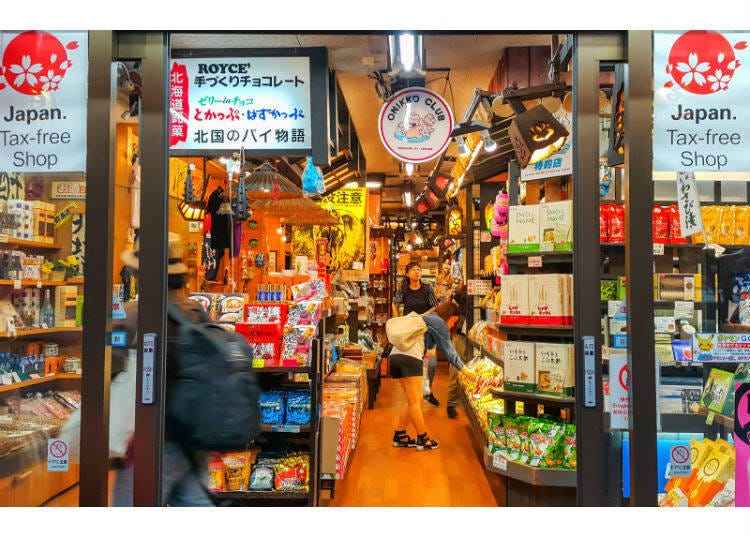
As of 2018, the consumption tax in Japan is 8% but will be raised to 10% from October 2019.
Prices are displayed in two ways, either including tax (税込) or excluding tax (税抜). International tourists to Japan can enjoy tax exemption, saving you the 8% consumption tax on your purchases if the total sum is over 5,400 yen and you’re buying general goods and/or consumables. Look for shops with the “tax-free” mark shown above – the tax-free procedure is available there, usually at a dedicated counter or register.
13. Emergencies in Japan: Natural Disasters and Illnesses
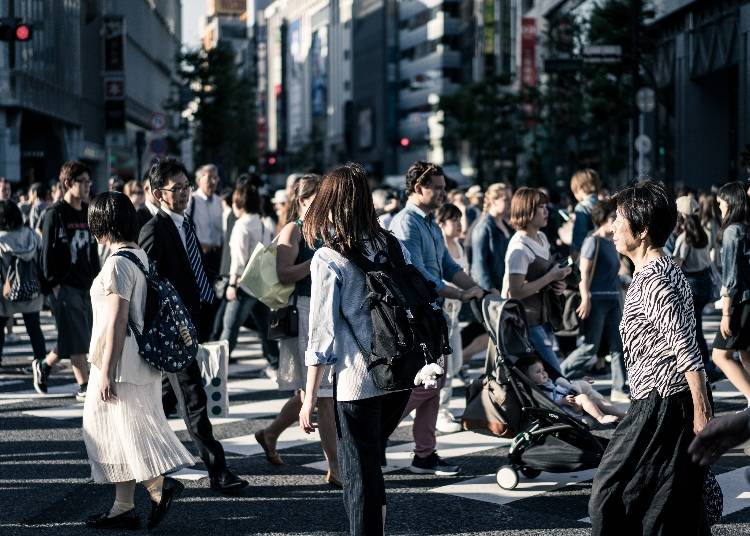
Japan is an earthquake-prone country and has suffered from major disasters in recent years, such as the 2011 Tōhoku earthquake, the 2016 Kumamoto earthquakes, and the most recent 2018 Hokkaido Eastern Iburi earthquake, all of them scoring 7 on the Japanese seismic scale. This 7 is a dangerous level, categorized as “standing is impossible, moving is impossible, heavy jolts and tremors that may knock you down.” The Japan Tourism Agency has prepared a useful guide called “Safety Tips” specifically for international visitors, informing you about emergency bulletins regarding earthquakes, tsunamis, and so on. The app can be downloaded via the QR codes below.
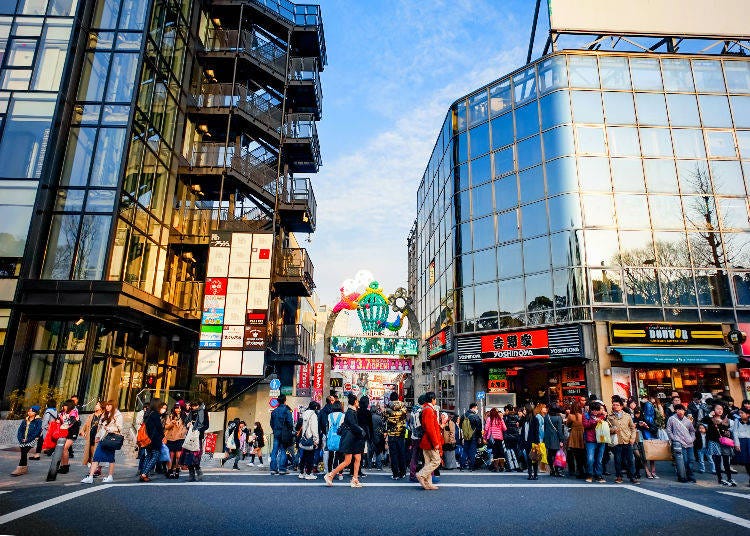
“Safety Tips” (language: English, Chinese, Korean)
For Android: https://play.google.com/store/apps/details?id=jp.co.rcsc.safetyTips.android
For iPhone: https://itunes.apple.com/jp/app/safety-tips/id858357174?mt=8
Furthermore, if you get sick or suddenly feel unwell, go to an emergency hospital or call an ambulance. In very urgent cases and medical emergencies, do not hesitate to call an ambulance with the number 119. The call is free from mobile phones, landlines, and phone booths. If you are not able to use your own phone and cannot find a public phone, do ask others for a kyūkyūsha (“ambulance”).
Ambulances are free even for Non-Japanese nationals, but you will be responsible for medical expenses. There are hospitals that feature cashless services in accordance with your foreign travel health insurance. Be sure to check the details of your insurance beforehand. Medical bills can also be settled via credit card in large hospitals, but smaller clinics are often cash only. We highly recommend a foreign health insurance in case anything happens while abroad.
The Japan Tourism Agency has a list of medical institutions that are tourist-friendly and a guide regarding Japan’s medical institutions.
Japan Tourism Agency Homepage (English, Chinese, Korean)
https://www.jnto.go.jp/emergency/eng/mi_guide.html
In Japan, there’s a famous saying that essentially means “well prepared means no worries.” Knowing Japan beforehand and traveling well-prepared will have you confident and level-headed in every situation! We hope that you will have a wonderful time in Japan!
Top image credit: Mahathir Mohd Yasin / Shutterstock.com
*Prices and options mentioned are subject to change.
*Unless stated otherwise, all prices include tax.
Limited time offer: 10% discount coupons available now!
Recommended places for you
-
Events
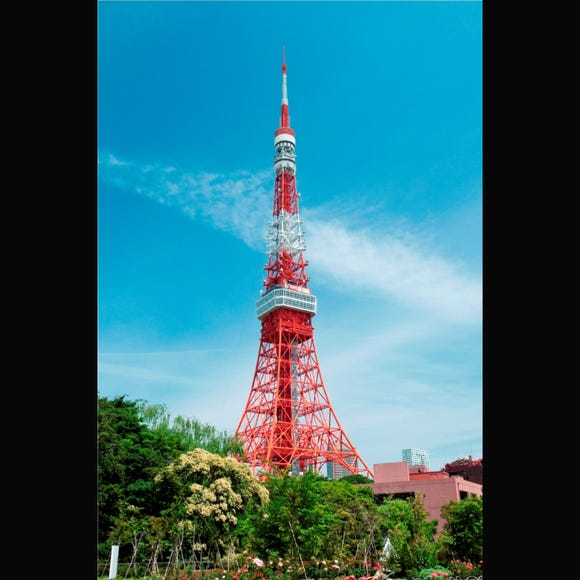
Tokyo Tower
Landmarks
Roppongi
-
Menu
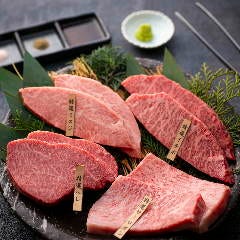
ISHIDAYA Hanare
Yakiniku
Kobe, Sannomiya, Kitano
-
Appealing
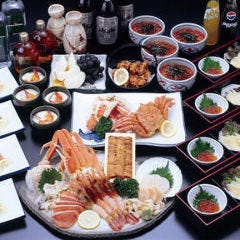
Rukku and Uohei
Izakaya
Sapporo / Chitose
-
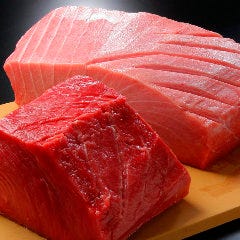
Kamesushi Sohonten
Sushi
Umeda, Osaka Station, Kitashinchi
-

Jukuseiniku-to Namamottsuarera Nikubaru Italian Nikutaria Sannomiya
Izakaya
Kobe, Sannomiya, Kitano
-
Goods

Yoshida Gennojo-Roho Kyoto Buddhist Altars
Gift Shops
Nijo Castle, Kyoto Imperial Palace
-

Step Into the Story: Inside Immersive Fort Tokyo
-

Professional Photos Even Beginners Can Shoot! 10 Tips for Taking Stunning Cherry Blossom Photos
-

The CASIO S100: How CASIO's Masterpiece Calculator Redefines Business Elegance With Japan-Made Reliability
-

Where to Eat in Shibuya: 14 Must-Try Restaurants for Yakiniku, Sushi, Izakayas, Cafes and More
-

15 Must-Try Restaurants in Ikebukuro: From Aged Yakiniku to All-You-Can-Eat Sushi, Plus Adorable Animal Cafés
-

Where to Eat in Yokohama: 10 Must-Try Restaurants for Yakiniku, Izakayas, Unique Dining & More
-
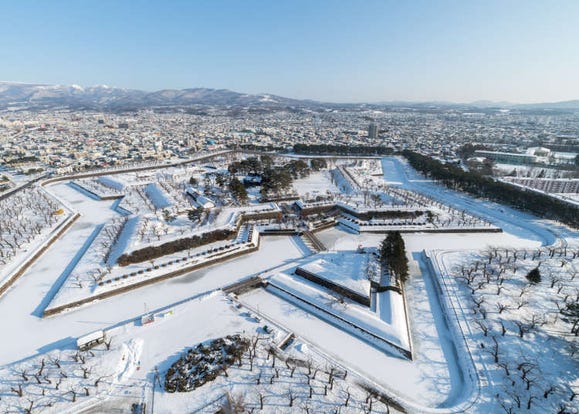
These 16 Things to Do in Hakodate Japan Will Make You Fall in Love With the Northern Wonderland
-
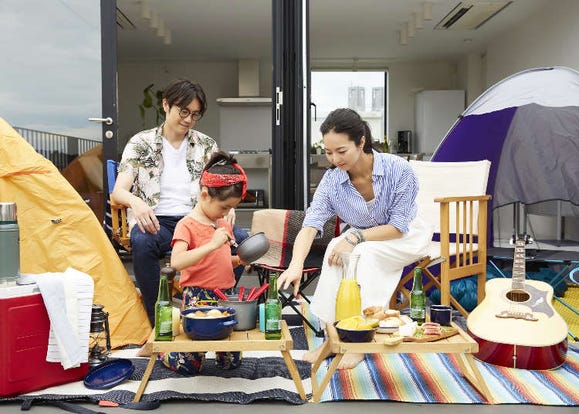
Japanese Quality at Affordable Prices: 5 Japanese 'Veranda Camping' Items From 100 Yen Shops
-
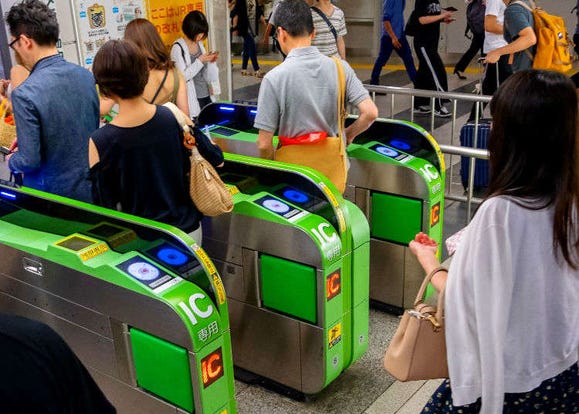
JR Edition: Visit all of Tokyo in one Day with the Tokyo Metropolitan District Pass!
-
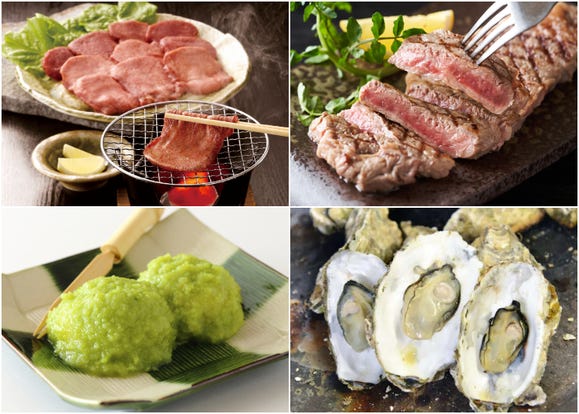
Where to Eat in Sendai: Best Sendai Foods to Try & Tasty Restaurants
-
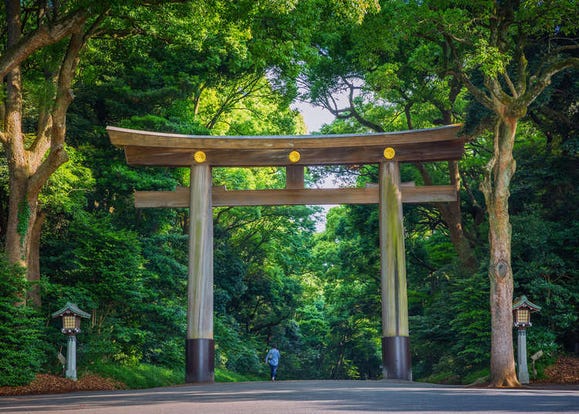
Meiji Shrine (Meiji Jingu): Exploring the Sacred Sanctuary of Peace in Bustling Tokyo
-
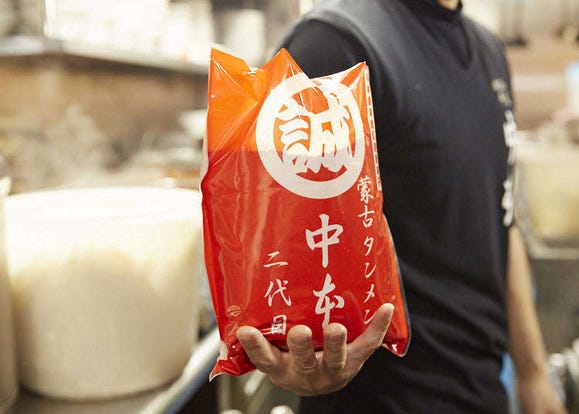
Playing With Fire: Tasting Tokyo's Super-Spicy 'Arctic Ramen' at Ramen Shop Moko Tanmen Nakamoto
- #best sushi japan
- #what to do in odaiba
- #what to bring to japan
- #new years in tokyo
- #best ramen japan
- #what to buy in ameyoko
- #japanese nail trends
- #things to do japan
- #onsen tattoo friendly tokyo
- #daiso
- #best coffee japan
- #best japanese soft drinks
- #best yakiniku japan
- #japanese fashion culture
- #japanese convenience store snacks












